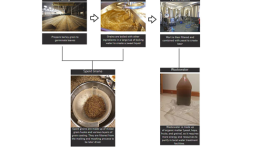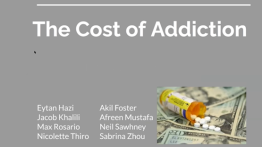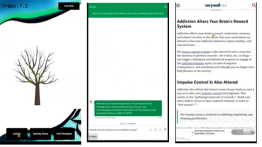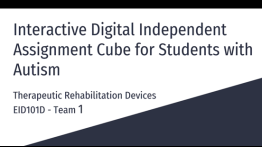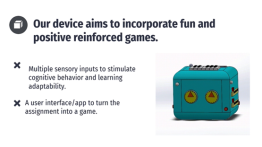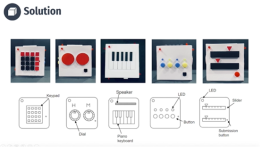Teaching the First-Year, Hands-On Engineering Design Experience Online
POSTED ON: March 30, 2021
During the summer of 2020, a team of faculty reimagined the School of Engineering’s first-year design course to create consistency between individual sections, to create space for first-year students attending online classes to form friendships, to explicitly teach design thinking and problem solving in a virtual environment, and to integrate ethics into the project-based course.
The team of faculty includes Professors Amanda Simson, Martin Lawless, Cynthia Lee, and Neveen Shlayan, Adjunct Professors Austin Wade Smith and Toby Cumberbatch, and Associate Dean Lisa Shay.
Last fall semester, each Engineering Design and Problem Solving (EID101) course enrolled the entire first-year class of approximately 140 chemical, civil, electrical, mechanical, and general engineering students. Interdisciplinary teams worked on projects in the general theme of “Engineering for Social Good.” Project topics included: designing smarter and more resilient cities, developing therapeutic devices, designing shelter for refugees in flight, and making fuel from food waste. From these project topics, each faculty designed and led their own sections while having a set of common activities and deliverables with similar timelines and baseline rubrics.
To build community among the students, every project team had a maximum of eight students mentored by an undergraduate teaching assistant. Each class dealt with the limits of the pandemic in different ways; for instance, some courses developed “@Home” kits, some courses provided limited access to campus spaces, and some courses had all virtual projects. One project outcome was from Professor Amanda Simson’s freshman class. The group partnered with Cooper’s brewing class and some local breweries to clean their wastewater with a microbial fuel cell and turned their spent grains into decent bioplastics. Read more about the project here.
The faculty met weekly to assess course progress. Additionally, a survey was developed to assess how well students communicated, formed bonds, and enjoyed the course across different sections and approaches to handling a project-based course in the era of COVID. First year student Nishat Ahmed EE’24, explained that EID101 is “an untraditional course because it is where we were given the opportunity to react to and take action against pressing issues like climate change” and said it allowed them to, “develop problem-solving and technical skills through a long-term hands-on project.”
Another first year student, Nada Shetewi ChE’24, shared that EID101 “is a unique opportunity to do research and get a hands-on experience bringing an engineering project to life,” and said, “it’s a great environment to have productive interactions and make new friends."

